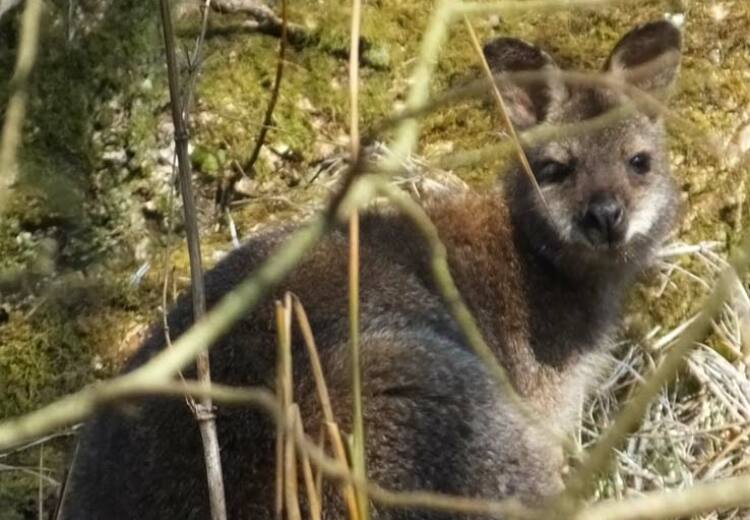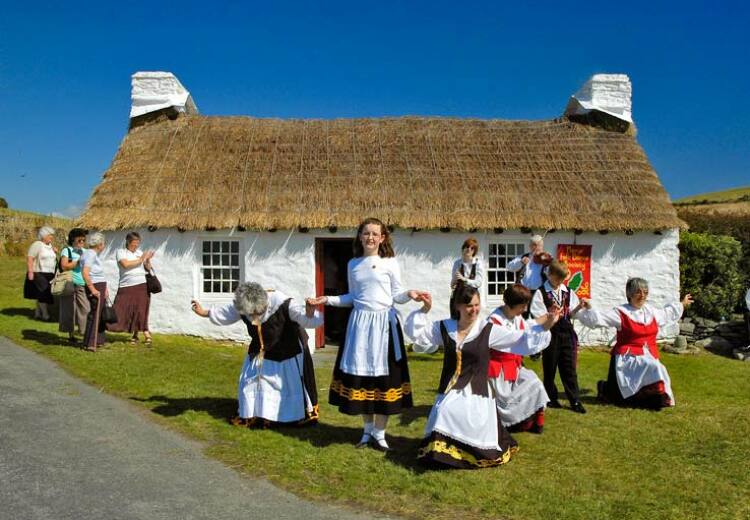The public is asked to help eradicate a species of ladybird that could damage the Island’s ecology.
Harlequin ladybirds have been discovered in Santon – only the second time their presence has been recorded in the Island.
The Department of Environment, Food and Agriculture (DEFA) says that if the ladybird – which originates in Asia – takes hold in the Isle of Man, native species could be damaged.
Zac Hall MHK, Member of DEFA with responsibility for Forestry, Amenity and Lands, said: ‘The Harlequin ladybird eats a wide range of species and, while initially offering some pest control, it then moves on to eat the predators of aphids, lessening the population of beneficial insects.
‘The Island’s wildlife may be significantly affected as a new ecological balance is found. The Harlequin is a highly competitive and invasive species that has had impacts elsewhere on native species, agriculture and as a nuisance in the home.’
Mr Hall said larvae and adults had only been spotted at one site so far but said the Harlequin ladybird would continue to reproduce later in the year than other ladybirds.
Its tendency to ‘over-winter’ in buildings could make it easier for the public to spot.
The Harlequin ladybird is hugely variable in colour and the number of spots varies, too, but, at 6-8mm long, it is bigger than most ladybirds common to the Isle of Man.
Ladybirds less than 5mm long, and those with exactly seven black spots, can be ruled out.
Harlequin larvae are black with an orange, L-shaped line on each side and four orange spines towards the rear.
Reference specimens are held at the Manx Museum and there is a good online identification guide at
www.harlequin-survey.org ‘We would ask people to look out for this species and if they find one, check it against the online guide and then put it in a closed pot with small air holes and take it to the Manx Museum, Douglas or to DEFA at St John’s,’ Mr Hall said.
Alternatively, identification can be checked by sending a photograph taken together with a ruler (for scale) and sent to DEFA Biodiversity Officer Dr Richard Selman via
richard.selman@gov.im ‘The ladybird may be destroyed immediately, but records should still be submitted,’ Mr Hall said.
Those travelling to and from the Isle of Man are also encouraged to watch out for the unwelcome hitch-hiker in vehicles, suitcases, cargo, plants and flowers.
Mr Hall said: ‘The greatest chance of stopping an invasion lies in the early stages. It might be like looking for a needle in a haystack but with 85,000 pairs of eyes out there we might succeed in nipping the invasion in the bud.’







